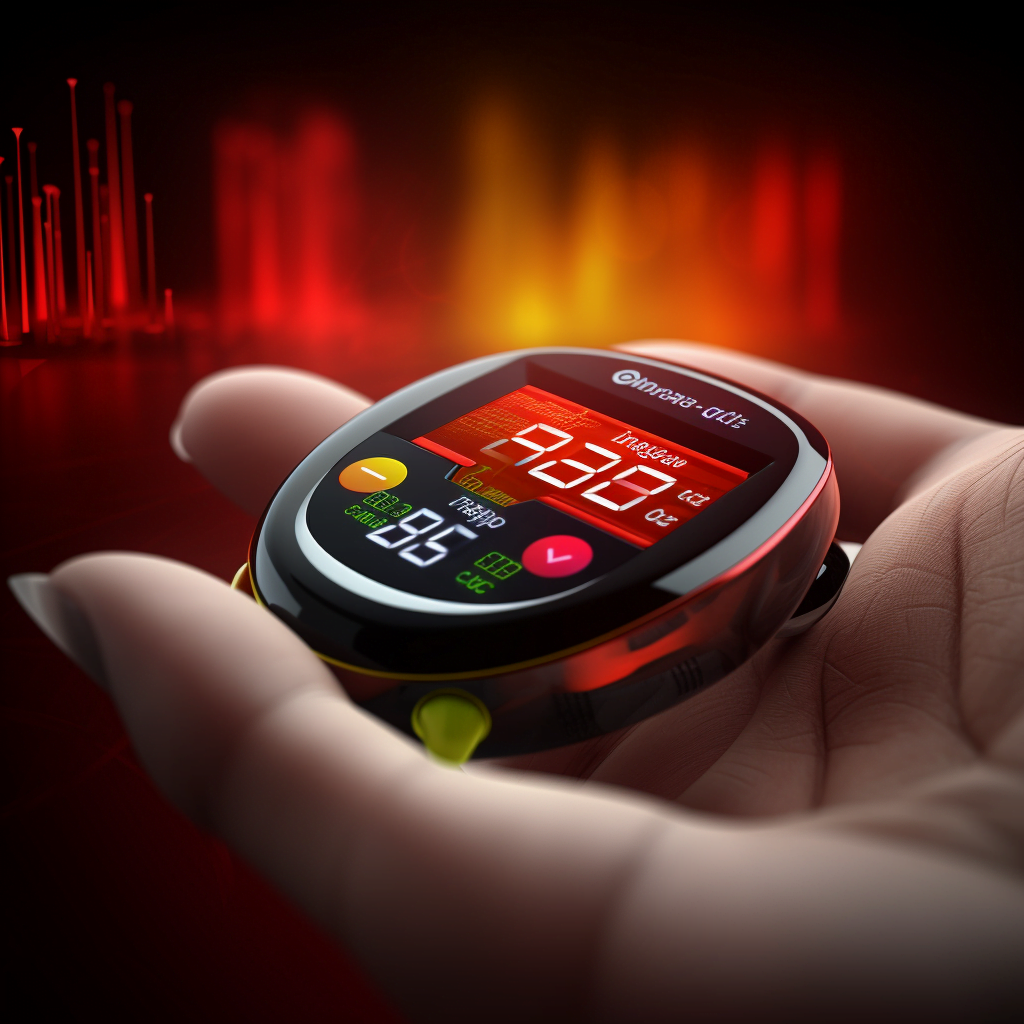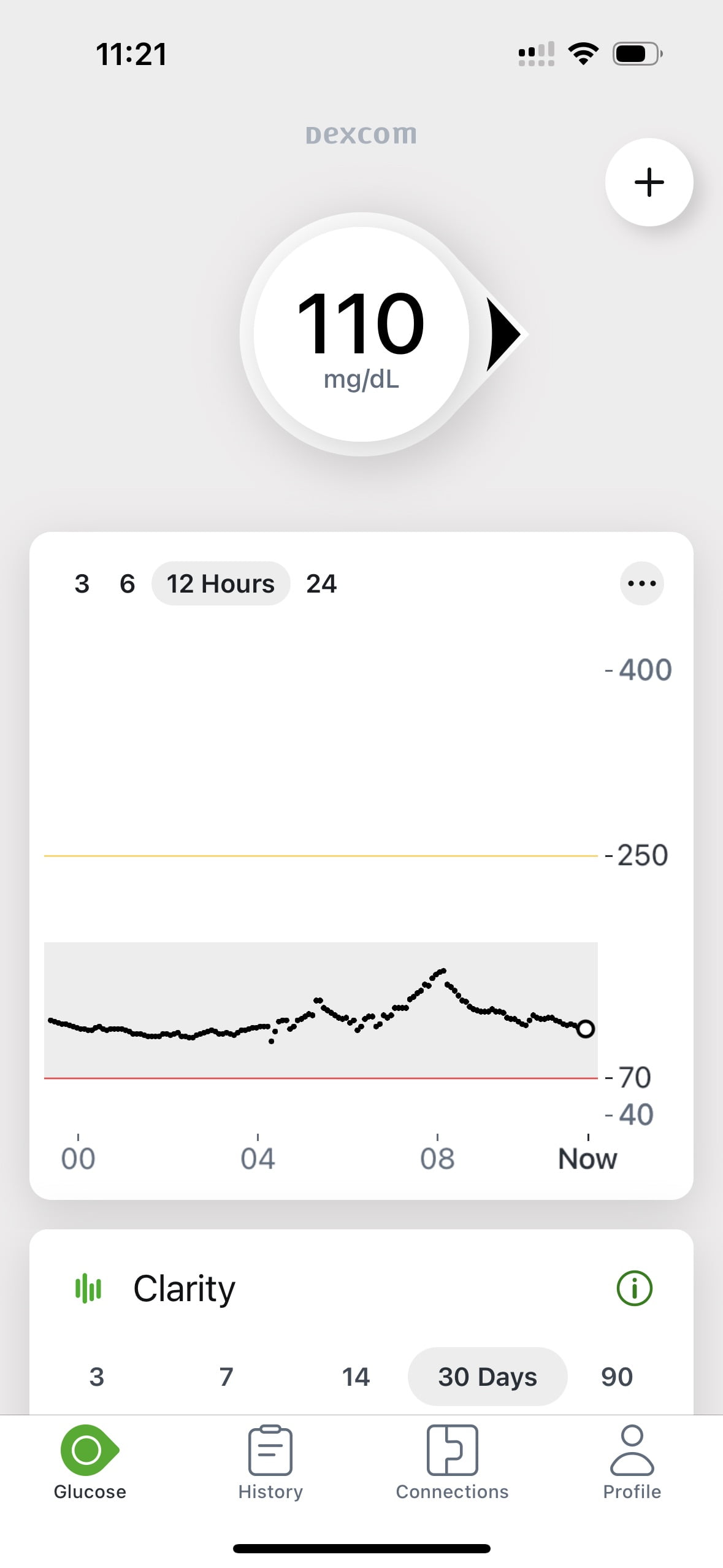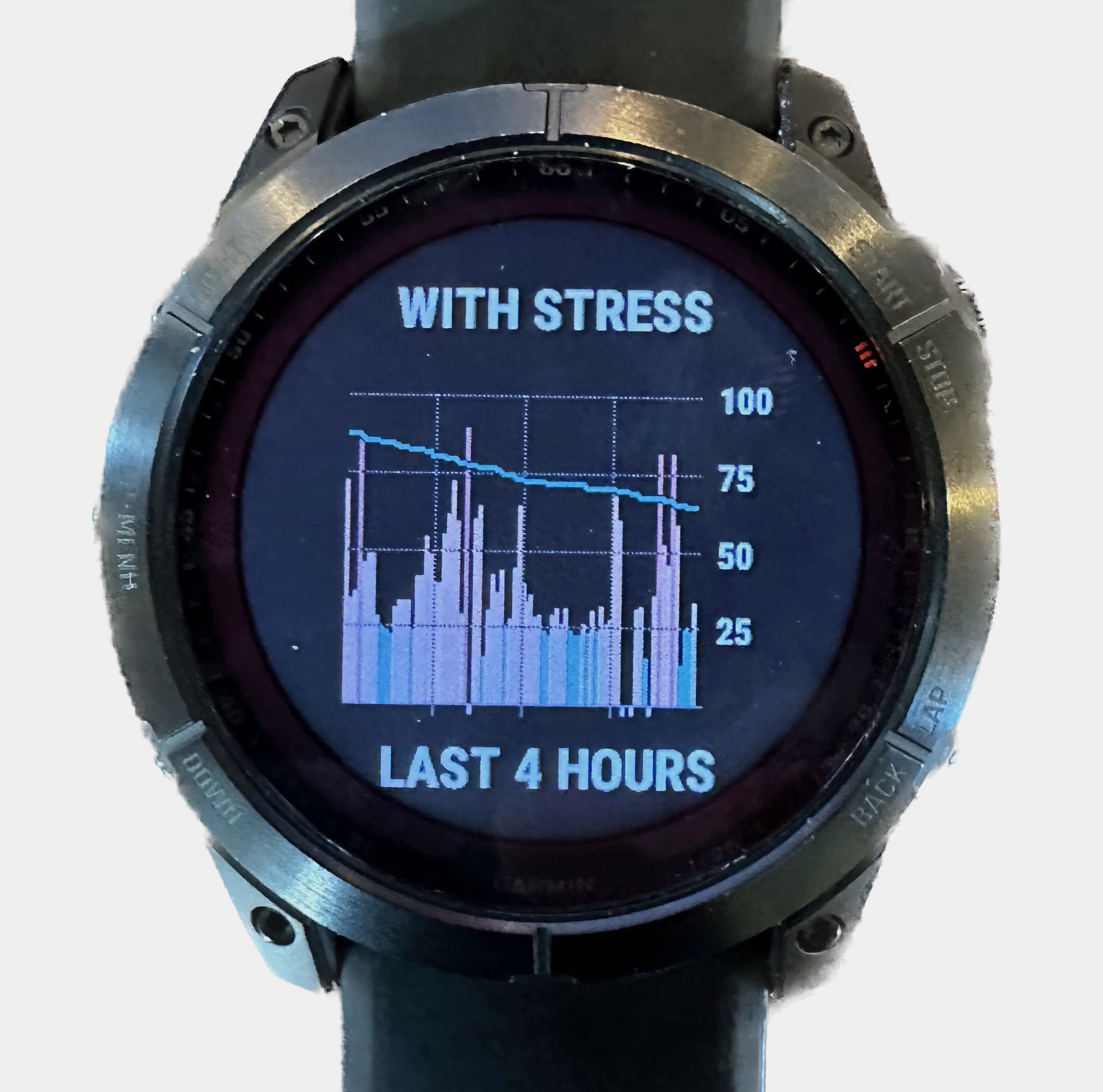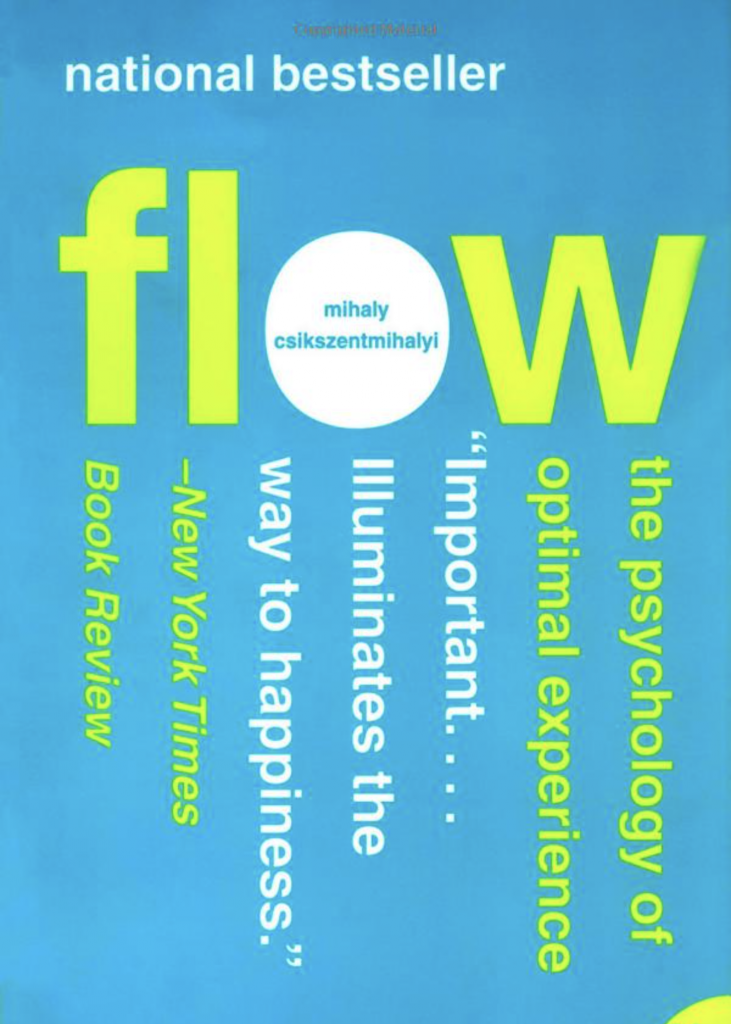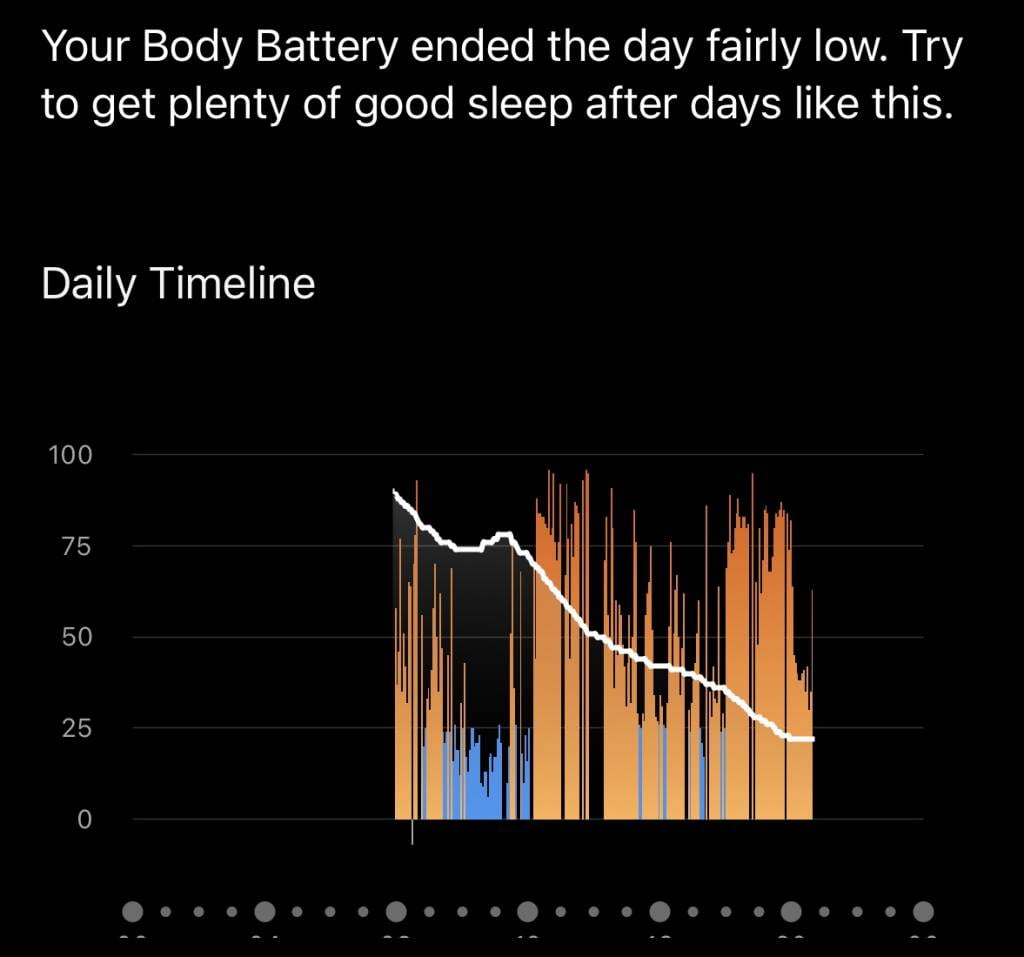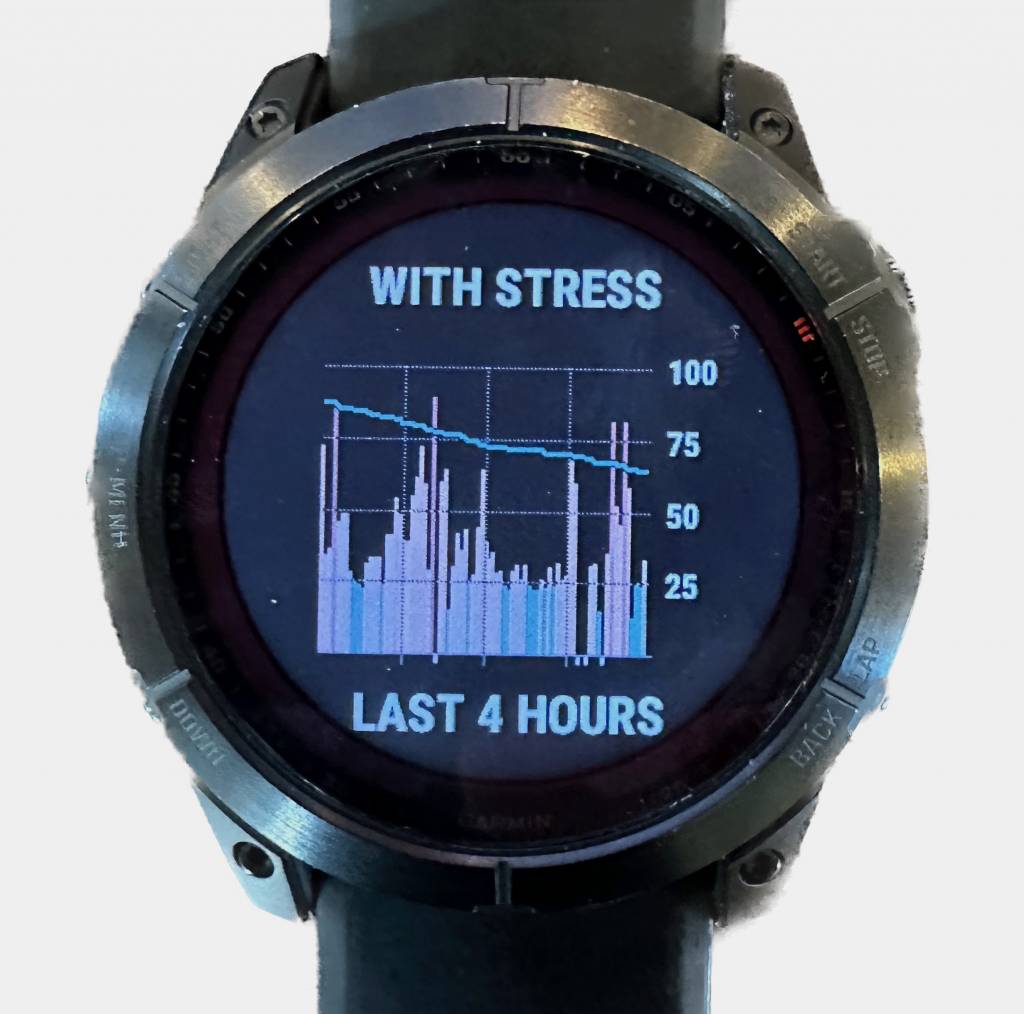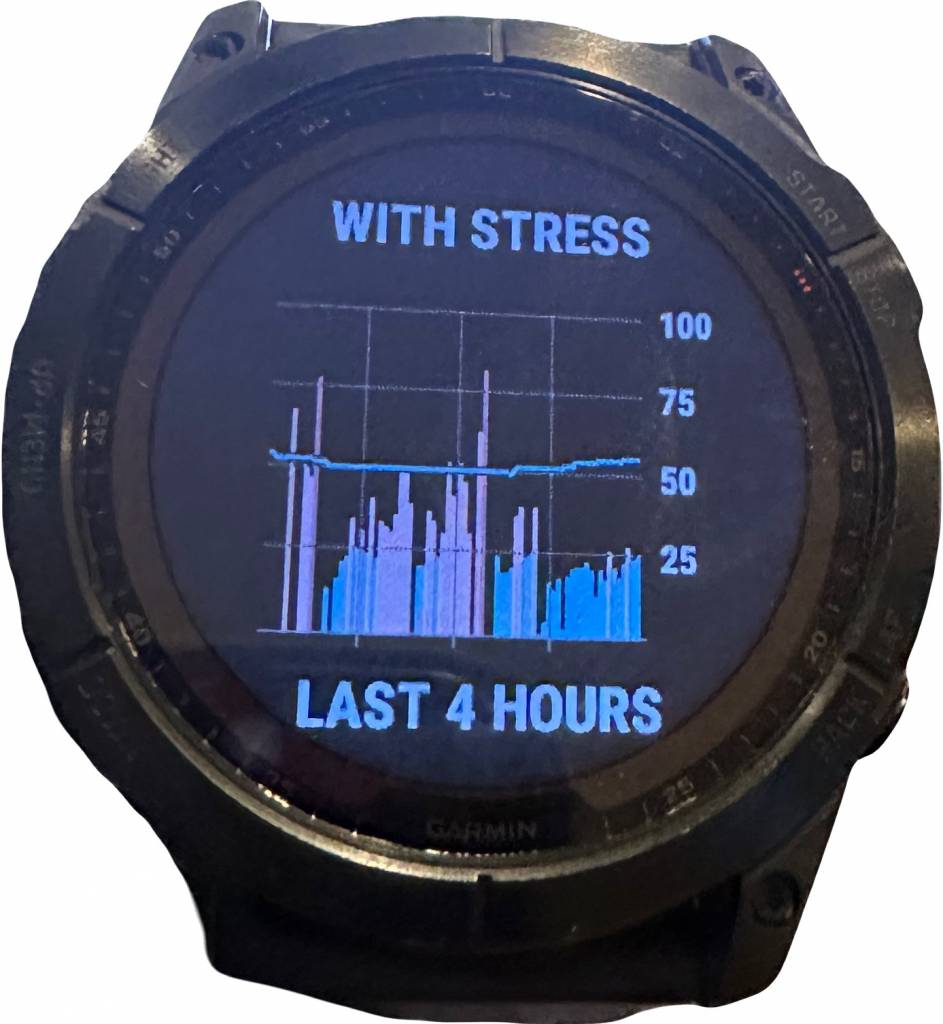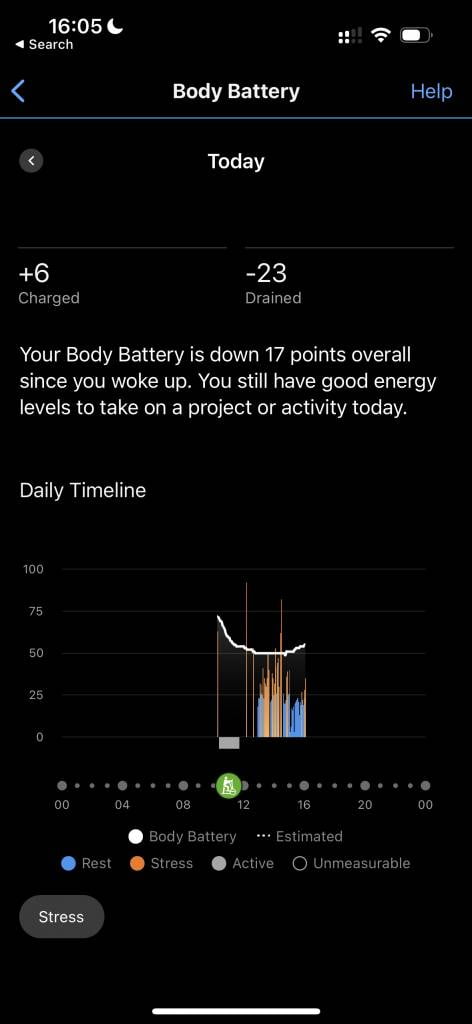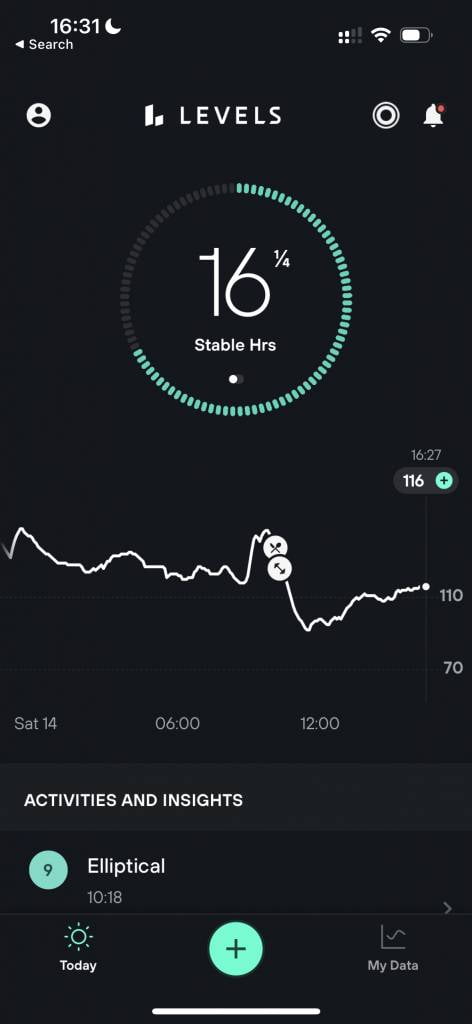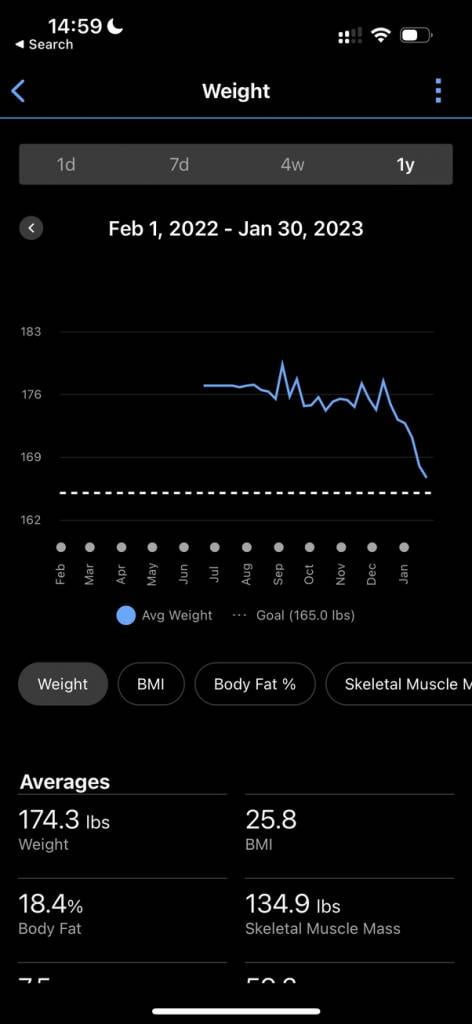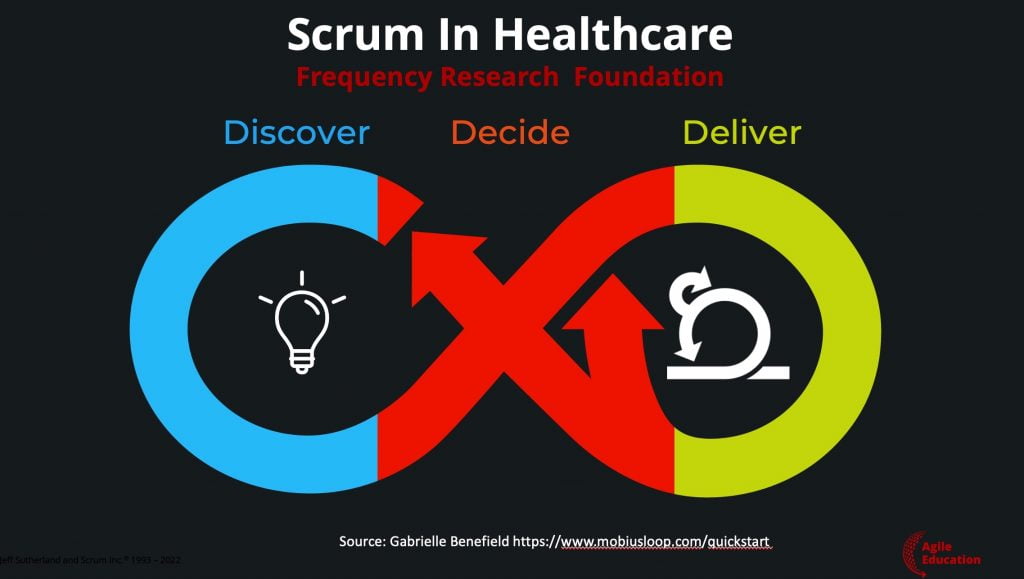As we embark on a journey into the realm of real scientific discovery, it’s essential to explore the remarkable advancements in electromagnetic therapy, as evidenced by the surge of recent research publications. A trusted source of such knowledge, the official government repository for medical research papers derived from reputable medical journals, provides us with enlightening statistics.
The dawn of the 21st century marked an era of exponential growth in the realm of electromagnetic therapy. This field’s interest has culminated in approximately 20,000 novel papers on electromagnetics in medicine published annually, a testament to the blossoming of this sector within the broader medical field.
Despite these advancements, the sphere of electromagnetic therapy continues to be shrouded by unfounded fears, doubts, and uncertainties (FUD). Such concerns often stem from competitors or individuals without a credible background in healthcare research. Interestingly, these critics usually share a common denominator: they typically resist the emergence of viable alternatives to traditional pharmaceutical solutions.
Detractors who propagate FUD seldom refer to the vast body of literature supporting electromagnetic therapy. They often overlook or disregard the 20,000+ articles on the topic of electromagnetic medicine that were published just last year. These papers, vetted and published in esteemed medical journals, are readily accessible via the PubMed database (https://pubmed.ncbi.nlm.nih.gov/?term=electromagnetic).
It’s critical for readers to maintain a discerning mind, filtering out the noise and focusing on the facts. The vast body of research on electromagnetic medicine speaks volumes about its potential and evolving role in the healthcare sector. It warrants an informed, balanced, and open-minded exploration free from prejudice and preconceived notions.
At Frequency Research Foundation we use 24/7 monitoring of dozens of physical parameters to achieve twice the energy with half the stress. Electromagnetic therapy has been found to be a critical component to increasing energy while lowering stress. Real time personalized data is a significant advance in medical treatment for health and longevity used by leading researchers in the field.
The chart below shows typical energy and stress readings throughout the day without implementing the TEHS Framework with electromagnetic therapy. On the right is with the TEHS Framework where energy is increasing throughout the day while stress level is in the “rest” state even in an intense working environment.
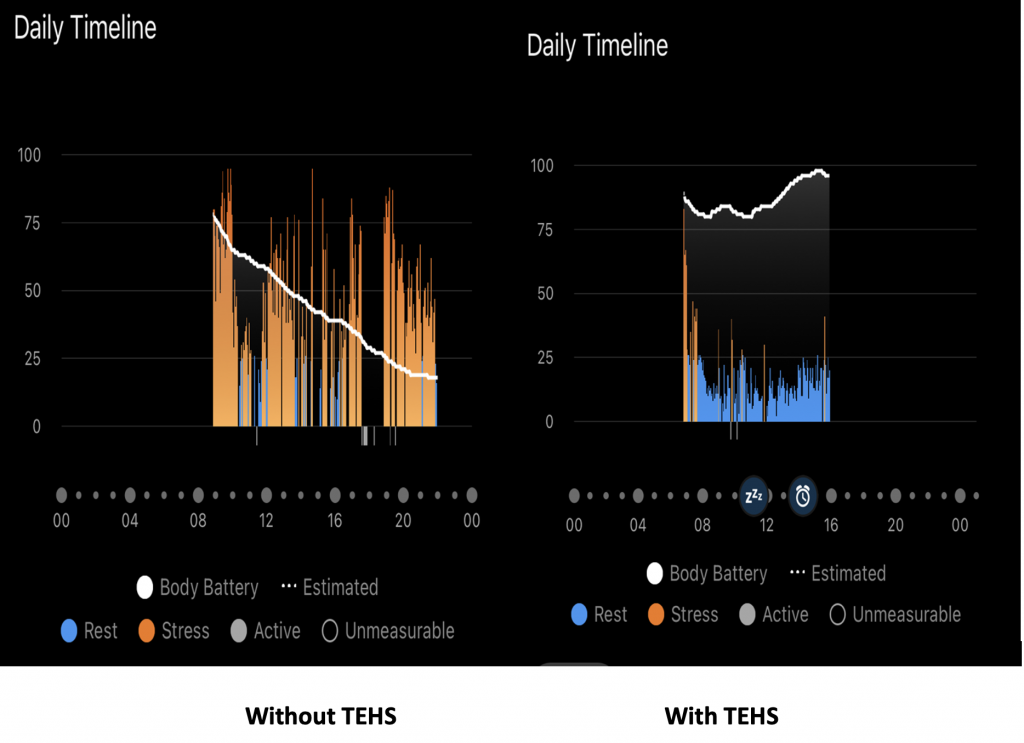
While we respect the significant role of traditional pharmaceuticals in healthcare, we must also welcome and thoroughly investigate innovative, non-invasive therapeutic strategies like electromagnetic therapy. Its potential to reshape our understanding and approach towards various medical conditions is tremendous, and the ongoing research activity attests to that. Furthermore, any therapy that is not continuously monitoring multiple heath factors multiple times a second on an individual basis is antiquated in the 21st century.
As we move forward, let’s aim to encourage constructive dialogue and collaboration with all who are interested in improving health and longevity. Let’s remember the ultimate goal of all medical advancements: to enhance the health and quality of life for all. So, let us keep the scientific spirit alive, be open to new possibilities, and embrace the evolution of medicine. After all, in the realm of science, there’s always room for discovery, improvement, and breakthroughs.
